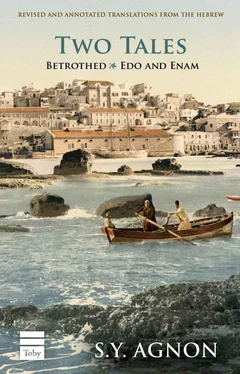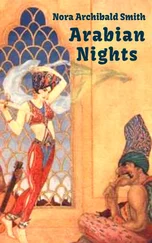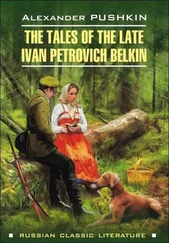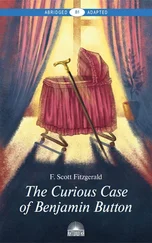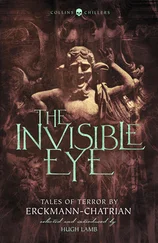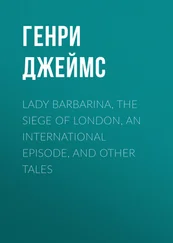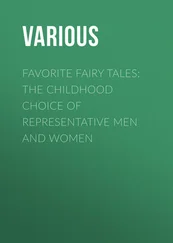
Moshe Leib Lilienblum
21. Lilienblum / Moshe Leib Lilienblum (1843–1910), writer and figure in the Jewish Enlightenment movement and leader of the Hovevei Zion in Russia.
21. Ussishkin / Menachem Ussishkin (1863–1941), Russian-born Zionist leader and head of the Jewish National Fund which was responsible for land acquisition in Palestine
22. Jerusalem Talmud / Rabbinic commentary on the Mishnah, composed in the 4th–5th centuries in the Land of Israel; counterpart to the later, and more authoritative, Babylonian Talmud.
22. Collector of donations and tithes / Kashrut supervisor who assured that the various agricultural tithes from produce of the Land of Israel were properly separated.
22. Baron Rothschild / Baron Edmond James de Rothschild (1845–1934), French-born member of the Rothschild banking clan, and a strong supporter of Zionism. His charitable support aided the movement and helped establish various settlements and agricultural endeavors in the Land of Israel.
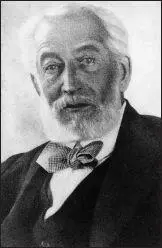
Baron Rothschild
23. Political Zionists / Followers of Theodor Herzl’s platform at the First Zionist Congress (Basel, 1897), which aimed at establishing a politically and legally assured Jewish homeland in Palestine.
23. Uganda schism / 1903 proposal to create a Jewish homeland in a portion of British East Africa. The plan created a major schism within the larger Zionist movement, drawing support from Herzl, and opposition from Ussishkin and others. Ultimately rejected at the 1905 Seventh Zionist Congress.
23. Zionists of Zion / Nickname for the followers of Ussishkin; opponents to the Uganda Plan, who remained loyal to the notion that Zionism could only be fulfilled in the Land of Israel.
23. Bilu / Zionist movement to promote agricultural settlement in the Land of Israel, founded by students in 1882 in Kharkov.
24. Galicia / Geographic region comprising parts of contemporary southern Poland and western Ukraine, historical home to a large Jewish population (including Agnon himself).
25. Mikveh or Sarona / Mikveh Israel was the first Jewish agricultural school in Israel, established on the eastern outskirts of Jaffa in 1870. Sarona was a German Templer colony founded in 1871, about 4 km. northeast of Jaffa; today a neighborhood of Tel Aviv.
26. Rays of sunrise / Cf. Yoma 28b and Rashi s.v. “Timor” .
29. Sefardim / Descendants of the Spanish Jewish community, expelled from Spain in 1492.
29. Ashkenazim / Jews of the central and eastern European tradition.

Jaffa orange logo from Sarona
29. Yemenite Jews / Members or descendents of the ancient Jewish communities of Yemen (which began emigration to the Land of Israel in 1881). The community follows distinct religious traditions which separate their practices from that of the Ashkenazim and Sefardim. Many Yemenite Jews were known for their skills as craftsmen and artisans, a role they played in the early Settlement.

Yemenite Jew, late 19 thc.
29. Thou hast set a boundary… / Psalms 104:9 and cf. Rashi.
30. Rishon LeZion / Coastal farm settlement established to the south of Jaffa in 1882; under Baron Rothschild’s patronage the Carmel-Mizrahi winery was founded there.
30. Old Baron / Apparently this character is a conflation of two historical figures: Moritz Hall (1838–1914) and his son-in-law Baron Plato von Ustinov (1840–1918), a Russian-born German citizen, and grandfather of the actor Peter Ustinov. Ustinov was the owner of the Hôtel du Parc in Jaffa, renowned for its gardens and talking parrots; presumably the setting for “Betrothed”. Hall, a Jew from Cracow, was a cannon-caster of King Negus Tewodros II of E thiopia, where he was converted to Protestantism. He married an Ethiopian court-lady Katharina née Zander (1850–1932), who was of mixed Ethiopian-German origin. The character of the Old Baron in Jaffa also appears in Agnon’s epic novel of the Second Aliyah, Temol Shilshom (translated by Barbara Harshav as Only Yesterday [Princeton University Press, 2000]). For more on the historical background of these characters see the monograph by Avraham Holtz and Toby Berger Holtz, Moritz Hall: The Old Man of Jaffa (University of Haifa, 2003).
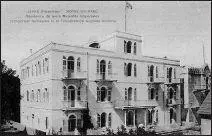
Hôtel du Parc

Moritz Hall (courtesy T. Holtz)
31. Settlement Bank / Jewish Colonial Trust, which provided loans to Jewish farmers and helped promote construction and settlement, was established in London by the second Zionist Congress in 1899 as the financial instrument of the Zionist Organization. Later incorporated as the present-day Bank Leumi.
34. Allah kareem / Arabic: God is the most generous.
34. Japheth / Son of the Biblical Noah (Genesis 5:32); according to folkloric tradition he was the founder and eponym of the ancient city of Jaffa.
35. Nebuchadnezzar / Nebuchadnezzar II (c. 634–562 BCE), king of the Babylonian Empire, responsible for the destruction of the First Temple in Jerusalem, and forced exile of the Jewish tribes (also renowned for the construction of the Hanging Gardens of Babylon).
37. Asclepius / Greek god of medicine and healing; son of Apollo.
40. Ilyushin the taxidermist / Walter Lever, this story’s translator, changed this character’s name in order to preserve in English an element of the word-play Ilyushin-Illusion (in chapter 22, p. 57) which is generated from Shoshanah’s misunderstanding or mispronouncing of his name. In Hebrew the character is named Arzef, and appears in a significant, if minor, role in Agnon’s Temol Shilshom — see especially Book II Chapter 7.3 (pp. 241–244 in Only Yesterday ) and Book IV Chapter 15.2 (pp. 604–608) — where he is portrayed as a craftsman and scientist fully devoted to his work and research by being fully unencumbered by family life:
Arzef lives alone like the First Adam in the Garden of Eden, with no wife and no sons and no cares and no troubles, among all kinds of livestock and animals and birds and insects and reptiles and snakes and scorpions. He dwells with them in peace, and even when he takes their soul, they don’t demand his blood in exchange, since they enter the great museums of Europe because of him, and professors and scholars flock to his door and give him honorary degrees and money. Arzef doesn’t run after money and doesn’t brag about the honorary degrees. Let those who get all their honor from others brag about them. It’s enough for Arzef to look at his handiwork and know that never in his life has he ruined any creature in the world, on the contrary, he gave a name and remainder to some birds of the Land of Israel who were said to have vanished from the earth” ( Only Yesterday , p. 242).
Compare this to the personality of our Dr. Rechnitz and his seaweeds!
It was rumored that Agnon modeled Arzef on Yisrael Aharoni (1882–1946), a Russian-born naturalist, known as the “first Hebrew zoologist”, having discovered and coined Hebrew names for dozens of previously unknown animals, birds, and insects. He emigrated to Jerusalem in 1901, ultimately obtaining an academic post at the Hebrew University. Typically, Agnon neither denied nor confirmed this, see MeAtzmi el Atzmi (Schocken, 2000), p. 468.
Читать дальше
